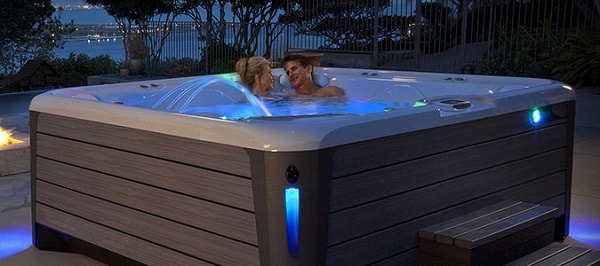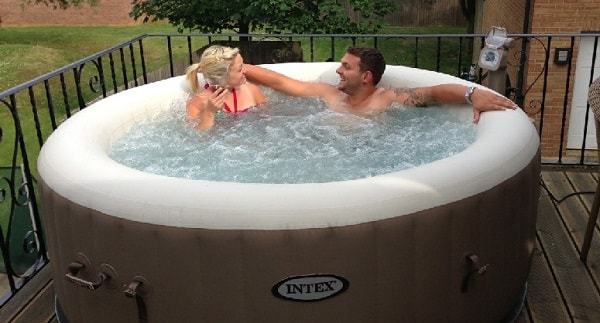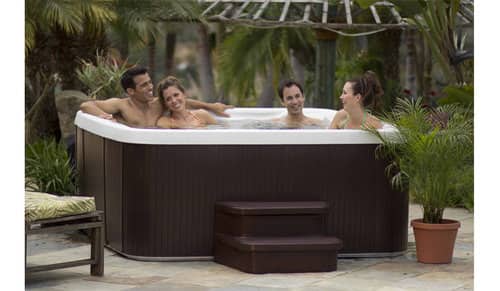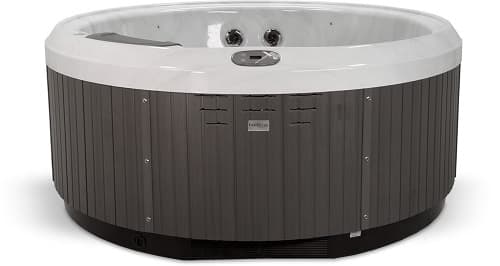
IMAGE: |Pexels
With winter right around the corner, you’ll want to make sure your home is well-equipped to handle the severe drop in temperatures. This becomes more crucial as The Weather Channel details that the United States may be in for a record-setting winter in the coming months.
Now, there are two common options when it comes to heating your home. Both are particularly effective, but come with their own advantages and disadvantages. The first is forced air boilers, which are often used here in the United States (US), while boilers are more common in the United Kingdom (UK). The reason for this disparity is due to the fact that most homes in the UK are connected to their national gas grid. The Energy Networks Association details that 85% of their domestic heat is currently provided by gas via the national grid. Most UK homes get gas off the grid and keep their homes warm via boilers and a central heating system. Homes that don’t have access to the gas grid follow a similar process but use electricity instead of gas.
Considering the difference in how these two countries handle domestic heating, it may be beneficial to see which option really is better. Read on to learn more about the advantages and disadvantages of Forced Air (US) and Boiler Heating (UK).
Initial Costs

IMAGE: Alexander Mils on Unsplash
Let’s start with the initial costs. The average cost of a furnace goes from $700 to over $2,000. More specifically, the average price of an electric furnace is $700, gas is $1,200, and an oil furnace is $1,800. Total costs, including installation, would be around $2,500 to over $6,000, depending on the amount of manpower that’ll be needed and the type of furnace you have.
Boilers, on the other hand, are a little more straightforward. Boilers cost somewhere around $3,500, with high-end models costing as much as $10,000. Installation can cost you between $3,500 and $8,000. However, it is important to note that homeowners in the UK can apply for boiler grants, through which they can opt to replace an old inefficient boiler with a brand new one courtesy of the government. This is due to the Energy Company Obligation, a government-backed scheme designed to help low-income families with their fuel bills.
Operational Costs

IMAGE: Pexels
Now, let’s talk about the average operating costs. The costs for a furnace differ depending on the energy source, but home heating here in the US does take up some 30% of a home’s average energy bill, as previously mentioned in our list of ‘12 Must-Do Things Before Winter’. The annual costs are as follows: Gas will cost you $850, electricity will cost you $900, and oil-powered ones will cost you $820. Repair costs for a furnace are around $280, but can go up to $900 depending on the severity of the issue. You’ll also have to get your ducts and vents regularly cleaned out, costing you around $350. Air filters must also be changed each season, with each one costing $10-$20. You can also opt into annual inspections for good measure, which cost around $100.
On the other hand, the annual operational costs for boilers are as follows: Gas will cost you $630, electricity will cost you $500, and oil-powered ones will cost you $500. The installation will cost you between $3,400 and $7,400. Maintenance and repairs for boilers, meanwhile, are a little less taxing. In the UK, gas and heating experts HomeServe note that boiler-powered home heating systems can also be covered by insurance, at around £13 ($16) per month. This can significantly drive costs down for boiler repairs should you need them, so arrangements like this can play into the comparison between maintenance and repair costs for the boilers and furnaces above. Do note that unlike furnaces, boilers don’t have ducts or air filters. This means they’ll cost less to maintain and clean down the line.
Efficiency

IMAGE: Dominik Kuhn on Unsplash
Efficiency is measured through the Annual Fuel Utilization Efficiency (AFUE). The baseline for AFUE is at around 78% due to a national mandate making new heating systems much more eco-friendly than the older models.
Furnaces’ AFUE again differs depending on the model. Gas registers at 80%, while electric furnaces are incredibly efficient at 95% to 100%. However, electric furnaces are notoriously known to ramp up your electricity bill. Another thing furnace users need to be wary of is the amount of heat lost through the vents and pipes, which can amount to as high as 35%.
Boilers, on the other hand, boast an AFUE of 90% for water tank units and 82% for steam boilers, with one advantage being minimal heat loss through vents or ducts. It’s important to note that gas boilers are set to be updated to hydrogen systems to meet the UK’s carbon emission targets and its Future Homes Standard in the coming decade, although energy efficiency should remain the same.
Results
Overall, furnaces are the more economic choice whereas boilers can be considered as the low-maintenance option of the two despite the initial high costs. But if you’re only going to use it for the winter season, you might as well opt to get the furnace, as boilers are better suited for places that experience colder climates. However, this could change if the US government adopts similar policies, such as the boiler grants in the UK, which subsidize the costs and make them a much more practical option.





